Contrary to what it might look like, the great passion of my life is neither politics nor the media. My abiding love affair, one that began almost forty years ago and burns just as bright today, is with the movies.
Another passion of mine is the written biography. It’s been decades since I’ve read fiction. Even history isn’t as fascinating as the story of an individual’s life. I’m convinced that in the right hands, a biography of one of my next door neighbors would be more fascinating than anything a Stephen King or Scott Turow could conjure. The human condition is where you’ll find the most alluring drama, the most gripping plot turns, and the most captivating history.
All of these passions came together this summer in the form of biographer Scott Eyman. One right after another, I devoured five of his Hollywood biographies. About halfway through I realized that this was a man I wanted to talk to; not just about his work but also about the state of the motion picture today, especially as it compares to the studio era.
The great thing about discussing movies is that when you do, you are also talking about everything else — culture, politics. And I couldn’t think of anyone I wanted to have this discussion with more than Eyman. After reading 1500 of his pages, this was someone whose insights, intelligence, scholarship, and intellectual honesty impressed to no end.
He proved just as impressive in person. He was also very generous with his time both over the phone and via some email follow ups.
**
BREITBART NEWS NETWORK: I thought I would start by embarrassing you a little but I just have to say that reading five biographies of yours over the summer was like eating a great meal and never getting full. I know I missed a few but in quick succession I gobbled up “John Wayne: The Life and Legend,” “Print the Legend: The Life and Times of John Ford,” “Lion of Hollywood: The Life and Legend of Louis B. Mayer,” “Empire of Dreams: The Epic Life of Cecil B. DeMille,” and “Mary Pickford: America’s Sweetheart.”
It was a feast of great writing and insights — all page turners.
SCOTT EYMAN: Well, thank you. You’ve covered about 25 years of my working life.
BNN: I’ve yet to read your Lubitsch biography. What else am I missing?
SE: There’s “The Speed of Sound” about the industry moving into talking pictures, and two with Robert Wagner.
BNN: A common theme that runs through the five I read is that all five of your subjects were conservative politically; Mary Pickford more so than the others, John Ford less so. Nevertheless, in your opinion all five were unfairly written off as artists by some in the critical class largely because of their politics.
Is this part of what drew you to them?
SE: My actual subject was power — how it’s used and how it’s dispensed.
You have to keep in mind that the American movie industry is not a director’s business, it’s more of a producer’s business. It’s always been a producer’s business. But there are certain directors who achieve a great deal of leverage, and it is not always done through commercial success. Pickford of course did, so it was easier for her to join with other major movie stars like Chaplin and Fairbanks and attain power.
Lubitsch was never a particularly strong commercial film director but he was always left alone. Ford was more commercially potent than Lubitsch but he also had very little interference. As far as DeMille, he was the director as executive producer because he co-founded Paramount.
Generally, the Money doesn’t want creators to have much power. But all my subjects managed to do it.
BNN: Yet, you have been given much-deserved credit for making people take a second a look at the artistry of Ford and Wayne. Part of your mission, it seemed to me at least, was to remedy that.
SE: The only one you could really say that about was Wayne. One of the explicit reasons I wrote the book was that I thought he was being viewed in almost exclusively ideological terms, over the fact that he was the most prominent conservative Republican in Hollywood for 30 or 40 years. That was grossly unfair and I think it’s grossly unfair to judge anyone on strictly ideological terms.
BNN: I couldn’t agree more. I’m a rock-ribbed right-winger–
SE: [laughs] I know … And I’m a card carrying Democrat.
BNN: Which only make me respect your intellectual honesty all the more. And I agree with you. I don’t personally care for Jane Fonda but there’s no question she’s a great actress.
SE: The tipping point was the Garry Wills book [John Wayne’s America (1998)]. I kept waiting for someone else to write my book but no one did. I probably never would have written it had I not met and interviewed Wayne. The guy I met had no resemblance to the man [Wills wrote about].
Wayne was quieter, more thoughtful… He was almost contemplative.
BNN: From what I’ve read, he was no snob. No airs about him.
SE: He was no snob. I was 21 years-old and he spent 90 minutes with me. I think I was asking good questions but still, I can’t imagine Tom Cruise giving anyone 90 minutes, even if they were asking good questions.
I think Willis only talked to four people and then sat down to Explain John Wayne To The World. But only one of those persons, Harry Carey Jr., who loved John Wayne, liked John Wayne. The other three or four were not crazy about him and the result was Wayne being viewed through a distorted lens.
Wayne was many different things. Was he a political person? Kind of, yeah. And he put his money where his mouth was, usually to his everlasting regret. He was also a producer, an actor, a father, a grandfather, a not-terribly-successful husband, and he was an artist. The more people I talked to the clearer that came to me.
So I thought that it was unfair to view a very complicated man with a very complicated emotional life as though he was that guy up on the screen. And I’m not even talking about his earlier and more complicated roles like Ethan Edwards, Nathan Brittles or even Rooster Cogburn. He was being judged by his later movies — the least interesting and least complex era where Wayne was working because he financially and emotionally needed to work.
My wildest dream is that my book would hit the reset button on John Wayne, and I think it did.
BNN: I don’t think there’s any question you did. If nothing else, just to remind people of what a magnificent actor he was. For my money, his work in “The Searchers” is as good as anything Brando did.
SE: And it’s not as though that’s the only thing he could play. He had many colors.
BNN: To go from Ethan Edwards to Rooster Cogburn is a huge leap.
SE: Or to go from Nathan Brittles to Ethan Edwards. Or from Nathan Brittle to Tom Dunson. Those are not the same people.
BNN: It’s like going from Terry Malloy to Vito Corleone.
SE: The problem was [his support for] Vietnam. The problem was “The Green Berets.” That cost him an entire generation. People just signed off at that point and said I’m not watching anymore, I’m not listening anymore. And they stopped looking at the films. But if you look at the films you will see a very fine screen actor.
BNN: Wayne could plumb incredible depths within his persona. Too often extraordinary actors are written off due to their having a strong persona. Cary Grant was another who could plumb those depths. Maybe he always did “play Cary Grant,” but come on.
SE: Not always. Sometimes he played Archie Leach. I like the Archie Leach movies. I like the movies where he’s kind of disreputable: “None But the Lonely Heart,” “Notorious,” “Sylvia Scarlett.” These are movies where he lets the anger show. Now most of them are Cary Grant movies but every once in a while he’d do an Archie Leach movie and you see an element he worked most of the time to conceal.
But yes, Grant is another where too many people take a very complicated screen persona and man and reduce him to a one-dimensional image. Which is the nature of the movie business.
On the other hand, because there is that strong image, they are still remembered. This monochromatic image the public has, even though it knocks out the shading and the three-dimensionality of their real talent, does signify that the image will last longer than I think it would have if everyone said, “What a great actor, he was different in every picture.” A Daniel Day-Lewis comes along once in a generation
QUALITY OF GOLDEN ERA MOVIES COMPARED TO TODAY
BNN: When I turn on Turner Classic Movies, chances are about 80% I’m going to enjoy whatever is on. On the other hand, if I turn on a movie channel that plays more contemporary titles — a Showtime or an HBO — chances are about 30% I’ll enjoy what’s on.
Overall, objectively, I believe the movies from the studio era are much better than what’s coming out today. I love all movies but am I wrong? Is that my bias?
SE: Whether we’re talking about 1936 or 2013, my opinion is that every year we get 6 to 10 really good movies. The problem is that level beneath the really good movies. That’s where the problem is today.
In 1944 you could look at almost anything released by Warner Brothers and you’d be entertained. The movies were 95 minutes long, moved like a freight train, and you’d come out feeling like you got your money’s worth. So we’re not talking classics of the screen, we’re just talking day-in-day-out craftsmanship entertainment.
As the studio system broke up, that’s where the flaws and the cracks appeared, and where they appear to this day. The quality-level of popcorn movies is much less than it was 50 or 60 years ago, or even 70 and 80 years ago.
BNN: I think you just hit the nail on the head.
SE:. The median-level movies — that bell-shaped curve just isn’t as high today because you don’t have a Raoul Walsh or Bill Wellman-level of talent. Those guys weren’t John Ford or Howard Hawks, but they were very good at that they did and they almost never bored you. Those types of filmmakers have disappeared — that level of artisanship.
Granted, we’re not in Oscar season yet, but eight months into the year I’ve only seen three good movies: “Mad Max,” “Ex Machina,” and “Mr. Holmes.” And the only difference between “Mad Max” and a piece of shit is a great director.
Acting is better, frankly. But screenwriting has never been worse.
BNN: And the script is the foundation; the blueprint.
SE: They had better scripts in 1920. In general, the early studio moguls were driven — not just to make money, they were driven to do good work. They wanted respect. Remember, they had grown up poor and without respect. These were merchants, not financiers with MBAs. Their devotion was to the movie business. The people running studios today are devoted to Harvard Business School or some variation thereof.
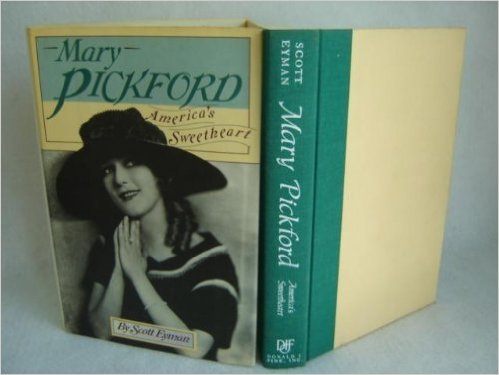
There are also a lot of people in the business today who don’t know a lot about the movies. They don’t know anymore about Cary Grant than the average 16 year-old. It’s heartbreaking. They don’t have a real feel for the business they’re in.
To them it’s widgets. They’re manufacturing widgets with replicable parts. It worked once so let’s make eight more. There is no devotion to quality merchandise anymore. And that’s sad.
BNN: Directors and studios make a lot fewer movies today. You have to practice your craft to learn it. Modern directors are lucky to make a movie every couple years.
SE: Every studio was producing 40 or 50 pictures a year. It was a volume business. Today a studio puts out 10 or 12 pictures.
BNN: A movie a week. Incredible.
SE: Woody Allen is about the most prolific director out there.
BNN: He is, and he makes only a movie a year. There was a time when directors made 3 and 4 a year. Even guys like John Ford, so they were getting in the reps.
SE: The tentpoles the studios make almost exclusively today cost anywhere from $150 million to $200 million. So what happens? No one wants to take the fall, so two-three-four financiers are brought in. They all then get a say in the picture. Then you gotta worry about pleasing China.
It used to be a production line. Every Monday the studio would open the gates and throw out a can of film. There was not a lot of time to diddle with it. You had to get it out. You had to finish it on schedule. So there was only a certain amount of thumbs you could stick in the mixture because if you started diddling with it too much you’d miss your release date.
The result is that pictures today lose the clean shot. They lose a sense of direct purpose. Everything is better with a straight line between two points and the way the business is run now makes that straight line impossible.
THE COLLAPSE OF THE MOVIE STAR
BNN: Then there’s the collapse of the movie star. Going back to Turner Classic Movies, if it’s an Edward G. Robinson movie, I’m going to watch. Period. And there are literally dozens of Golden Era stars I can say that about. And I’m not talking about classic movies or the most famous pictures of the time. Almost every movie these stars made is still very entertaining.
For example, I have a box set of Bogart movies with about 30 titles, not just “Casablanca” but “Crime School,” “Black Legion,” and “Kid Galahad.” They’re all great. Like you said, these movies are fast paced, they’re also beautiful to look at, but another element that makes them so watchable is the presence of Bogart — of The Star.
Now that the movie star is dead, everything’s got to be sold on concept or branding. Hollywood’s in a creative box of their own making.
SE: Sure, and those Bogart B-pictures pictures cost about $700,000 to produce. “Casablanca” only cost a million dollars, which is less than what an average A-picture cost even in those days. It was a modestly budgeted picture shot on the Warner Brothers backlot. The only real expense was borrowing Ingrid Bergman.
The studios don’t even make Academy Award pictures anymore. Generally, those come from Weinstein or Lionsgate — a subsidiary or independent. The studios have gotten out of the Oscar business.
And then there were those who only did Oscar pictures: Selznick and Goldwyn. They didn’t even make B-pictures. And out of that we got “The Best Years of Our Lives,” “The Third Man,” and “Gone with the Wind.” Movies we’re still watching today.
BNN: Movies that create lifelong movie fans.
SE: It’s a virus. Once you get it, that’s it.
In part two of this two part interview, I ask Eyman if the censorship of the Production Code improved the quality of studio era movies, his thoughts on today’s Production Code: political correctness, and why in a post-feminist world women are so much worse off in Hollywood as compared to the Golden Age when conservative men ran everything.
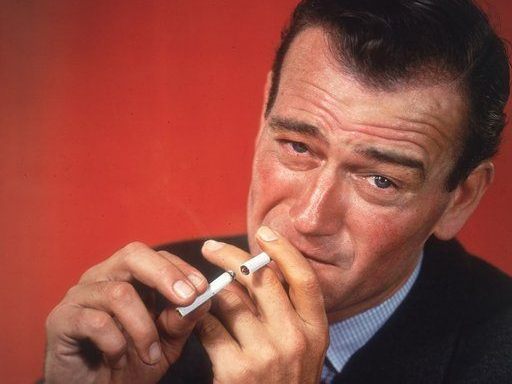


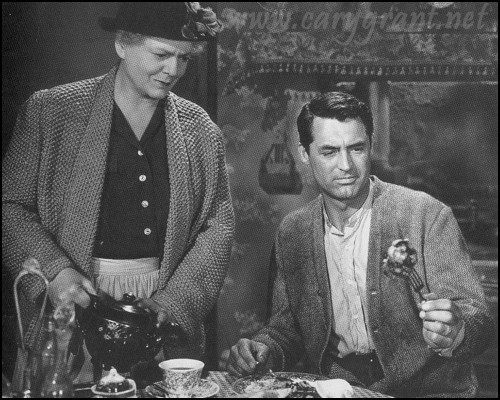
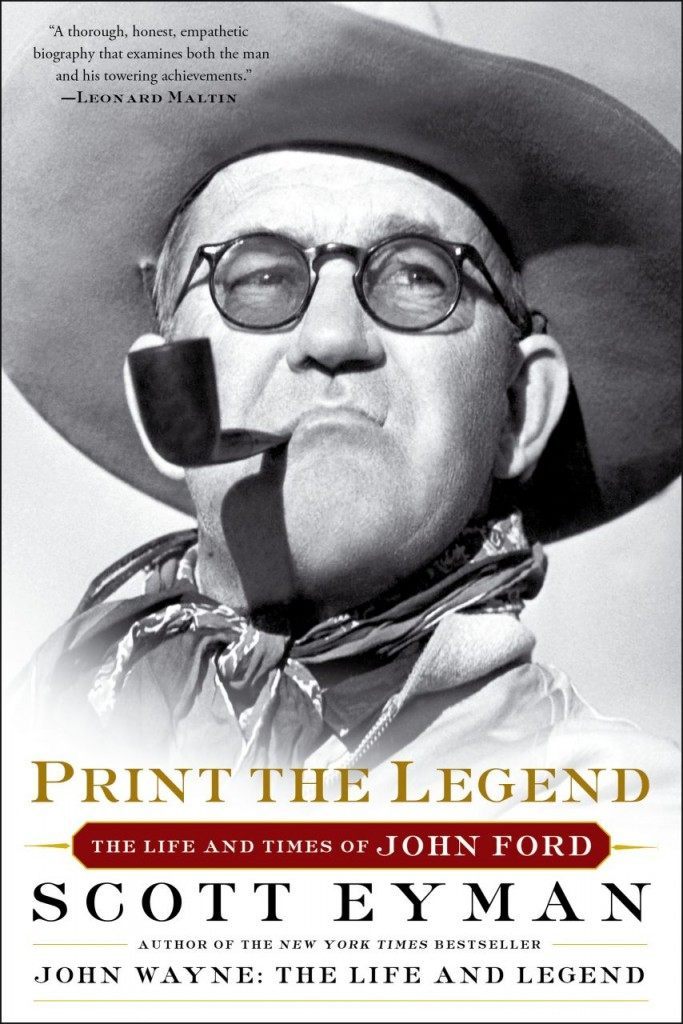
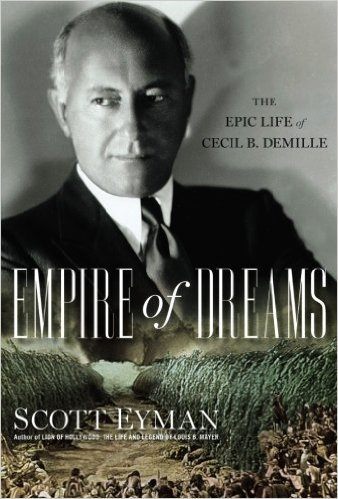
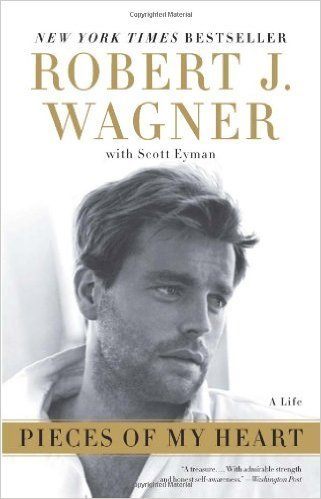
COMMENTS
Please let us know if you're having issues with commenting.